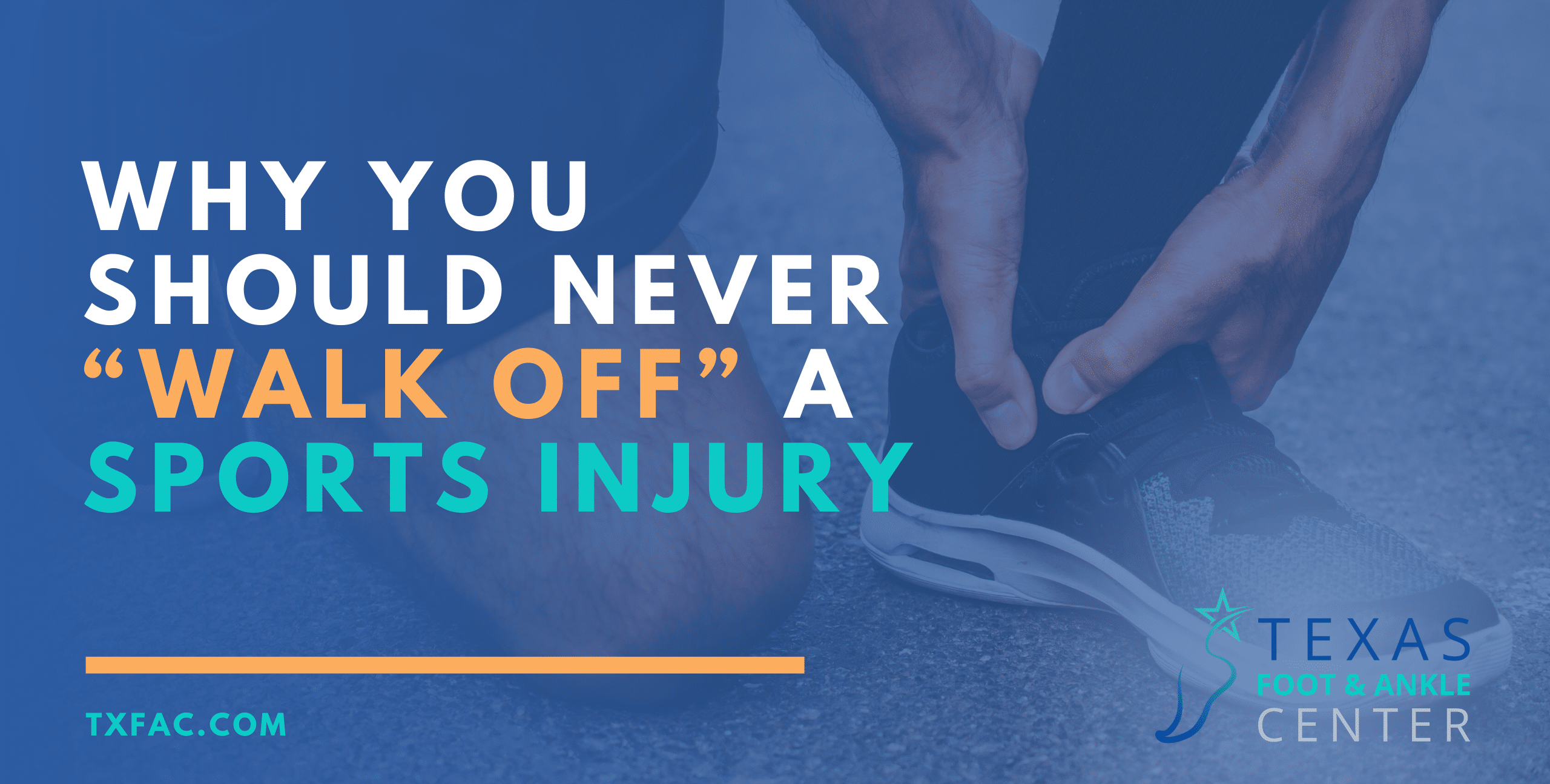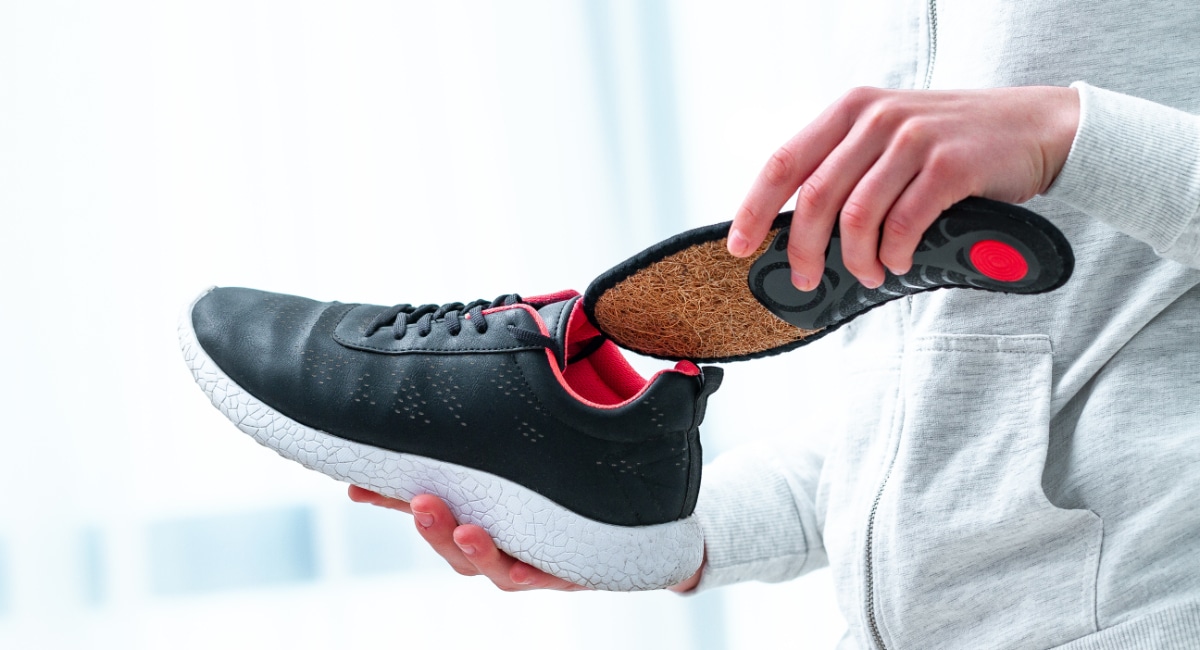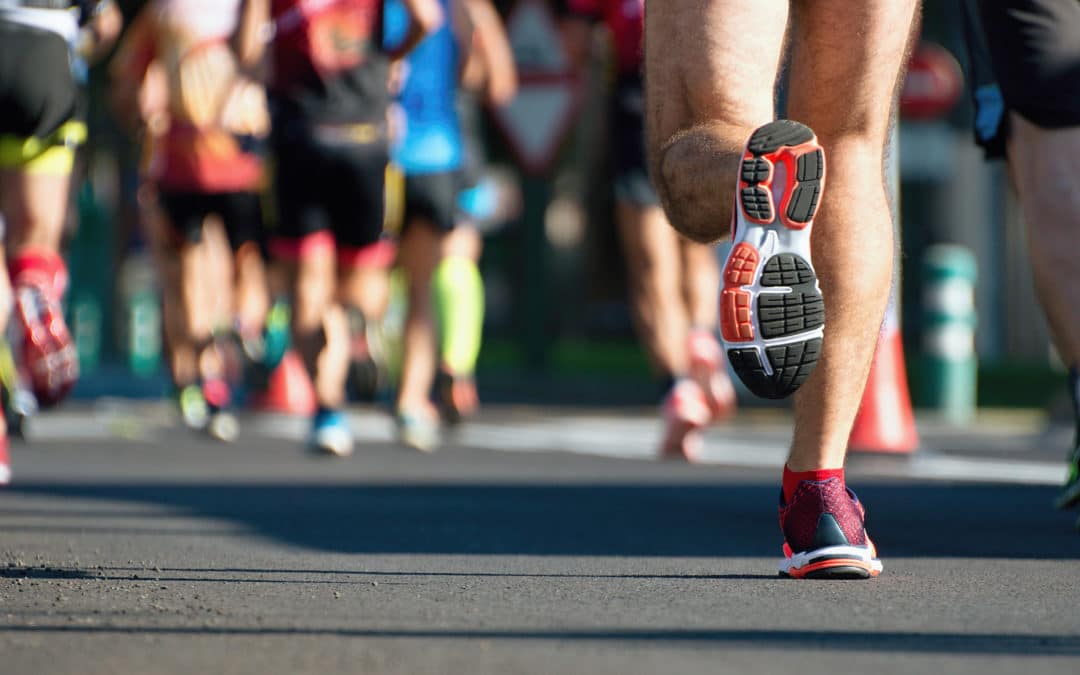March is the best month of the year for many, many sports fans in Texas! Will Texas Tech get a chance to avenge last year’s loss in the National Championship game? Or is this Baylor’s year?
Whether you’re a big fan of one of the contenders, a senior bracketologist, or just enjoy watching some entertaining basketball games, there’ll be lots of excitement! Who knows—you might even be inspired to go out and shoot some hoops yourself, or at least participate in some sport or physical activity.
Of course, sports activity always comes with some risk of injury. You can bet at least one strong team in the NCAA bracket will see its title hopes burst by an untimely accident involving a key player. Likewise, you may find yourself suddenly feeling crippled by heel pain, an ankle sprain, or some other painful issue.
Even though a national championship problem probably isn’t on the line for you, an injury that keeps you from doing what you love can still be absolutely devastating. And if you don’t get it examined and treated properly, it could lead to ongoing pain, frequent re-injury, or even early-onset arthritis.
You should always take pain seriously when you play. Fortunately, you have a team here at Texas Foot & Ankle Center that knows a thing or two about getting athletes back in the game as quickly as possible.
Sports Injuries: A Serious Concern
Almost every active person has suffered some aches and pains, and maybe even a more significant injury or two, at one point or another. Those who play competitively, as well as “weekend warriors” that push themselves too hard in short bursts without keeping themselves properly conditioned in the meantime, are especially at risk.
Just what do the numbers say? It’s hard to say for sure, but we do know from studies of high school athletes that perhaps as many as 90 percent of them suffer an injury to some degree—and half play through it, usually by hiding the true severity from their coaches or trainers.
We get it—trust us. Nobody wants to stop playing. Nobody wants to feel like they’re letting themselves or their teammates down. Often in the moment, the idea of playing through miserable pain seems better than the idea of not playing at all.
Here’s the thing, though: trying to limp along and nurse your injury will very likely only make things worse in the long run.
Take ankle sprains, for example. A very mild (Grade 1) sprain can sometimes be treated at home within a week or two, by resting for a few days and then starting physical therapy exercises prescribed by your foot doctor.
But because most people can still bear weight decently well with a Grade 1 sprain, they may be tempted to “walk it off” and keep playing their sport of choice. For starters, this is a great way to turn a Grade 1 sprain into a Grade 2 or 3. But even on top of that, a sprain that isn’t properly treated also probably won’t fully heal. Your now-weakened ligaments are thus more prone to spraining again and again. Eventually, the joint itself may become chronically unstable.
Athletes with other kinds of chronic pain, like plantar fasciitis, tendinitis, or stress fractures also fall into this same trap. Because the pain isn’t so severe that they can’t walk, they try to keep playing. And because they keep playing, the injuries get worse and worse. In the end, what could have been a short conservative treatment course may become an injury that requires a lengthy recovery period, or even surgery.
Advanced Athlete-Focused Treatment Options
Sports medicine is a passion for the team at Texas Foot and Ankle Clinic. Our doctors are sports fans themselves, and enjoy active hobbies like running and hiking. We understand how frustrating sports injuries can be, and how tempting it can be to underestimate them—because we’ve been there, too.
That’s why we always take as much time as needed to talk with you about your symptoms, your hobbies and athletic goals, and give you a complete examination. Our treatment approaches are always tailored to the individual athlete.
It’s also why we offer some of the most advanced treatment tech available to help keep our active patients in motion and get them back to their sports as quickly as possible.
One example is our advanced approach to custom orthotics. Simply put, if you are an active person, prefabs from the pharmacy shelves (or grocery store) just aren’t going to cut it. Sports place significant and dynamic demands on feet, so you need the highest quality precision and performance from your orthotics.
While most foot specialists are still using outdated processes like plaster molds and foam box impressions to design their custom orthotics, we’ve been using sophisticated 3D scanning for almost a decade, with great success. We’ll also make sure your orthotics will fit comfortably into your athletic shoes or cleats.
Don’t Delay Treatment for Your Injury
If you are currently experiencing any pain or discomfort with your feet or ankles during, after, or as a result of activity, don’t wait for a small problem to become a big one.
Even if the only treatment you really need is a few days of rest and a new pair of shoes, the longer you ignore care, the worse your situation will get. Trust us: it’ll be a lot less painful, and you’ll miss less time, if you seek our help as early as possible.
Yes, we know we sound like a broken record. But athletes are stubborn! (We know because we are athletes ourselves.) So this really has to sink in.
To get the help you need, fill out our online contact form, or call our office in Dallas directly at (214) 660-0777.





